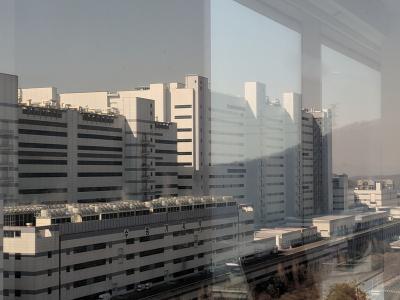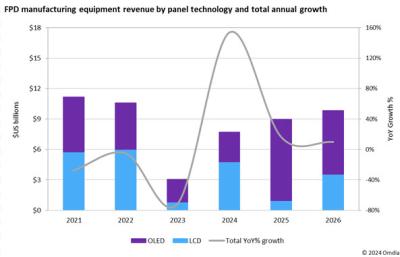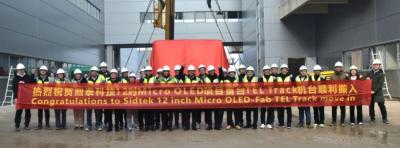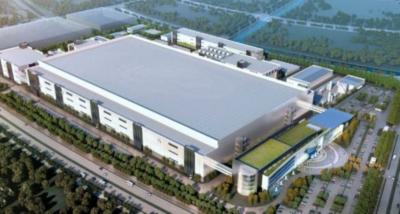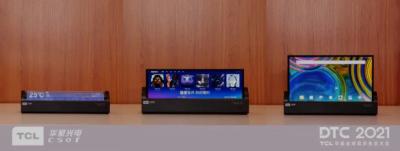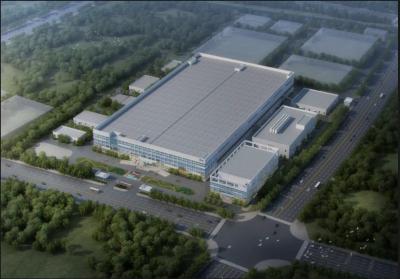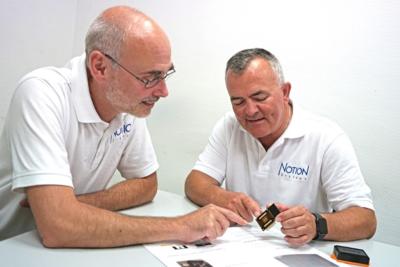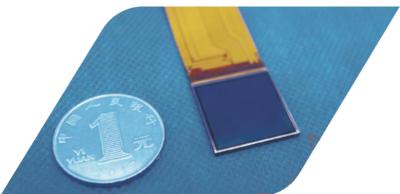DNP starts producing 8-Gen FMM masks at its new $140 million Kuosaki plant
Dai Nippon Printing (DNP) announced that it has started mass producing fine metal masks (FMM) at its new production line at Kurosaki Plant, in Fukuoka, Japan. DNP invested $140 million to expand the production line.
8-Gen and 6-Gen FMM samples (DNP)
The new production line is producing masks suitable for 8-Gen substrates. As the OLED industry is moving to expand its IT AMOLED display production for laptops, monitors and tablets, companies are building larger (8.7-Gen mostly) production lines that require these larger masks. While the company is already producing at the new fab, it will also announced that it may gradually expand production further at the new line, depending on market demand.

